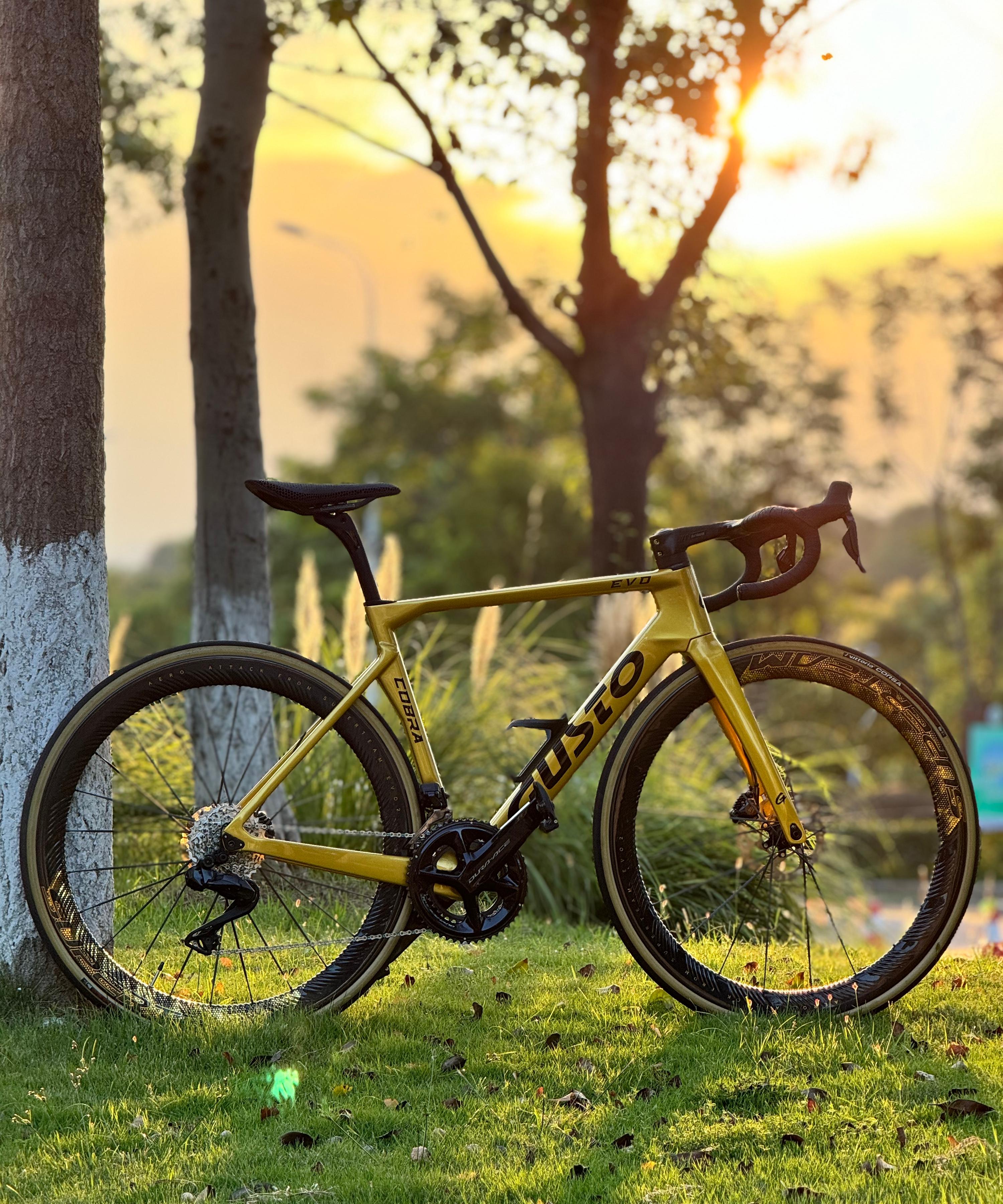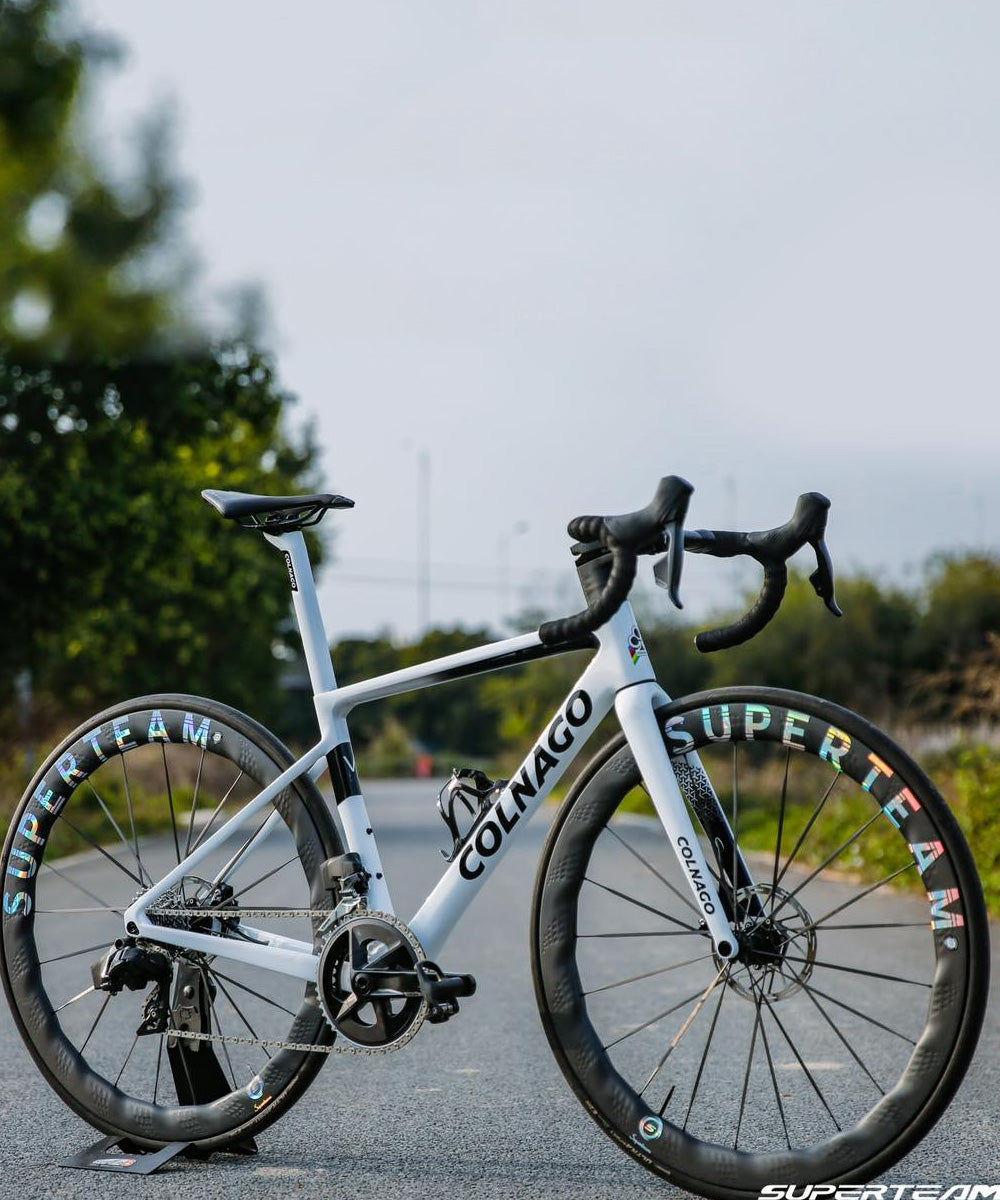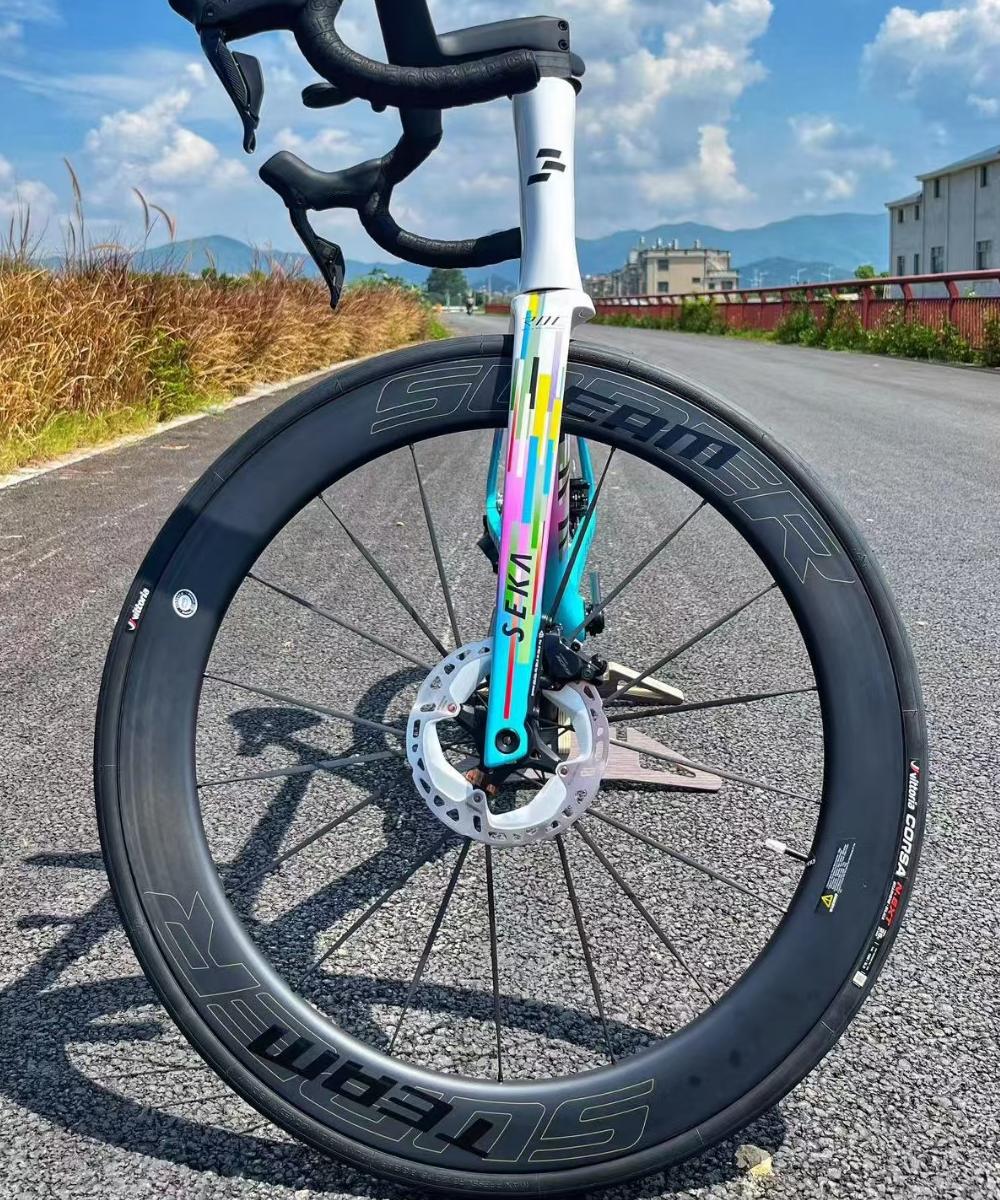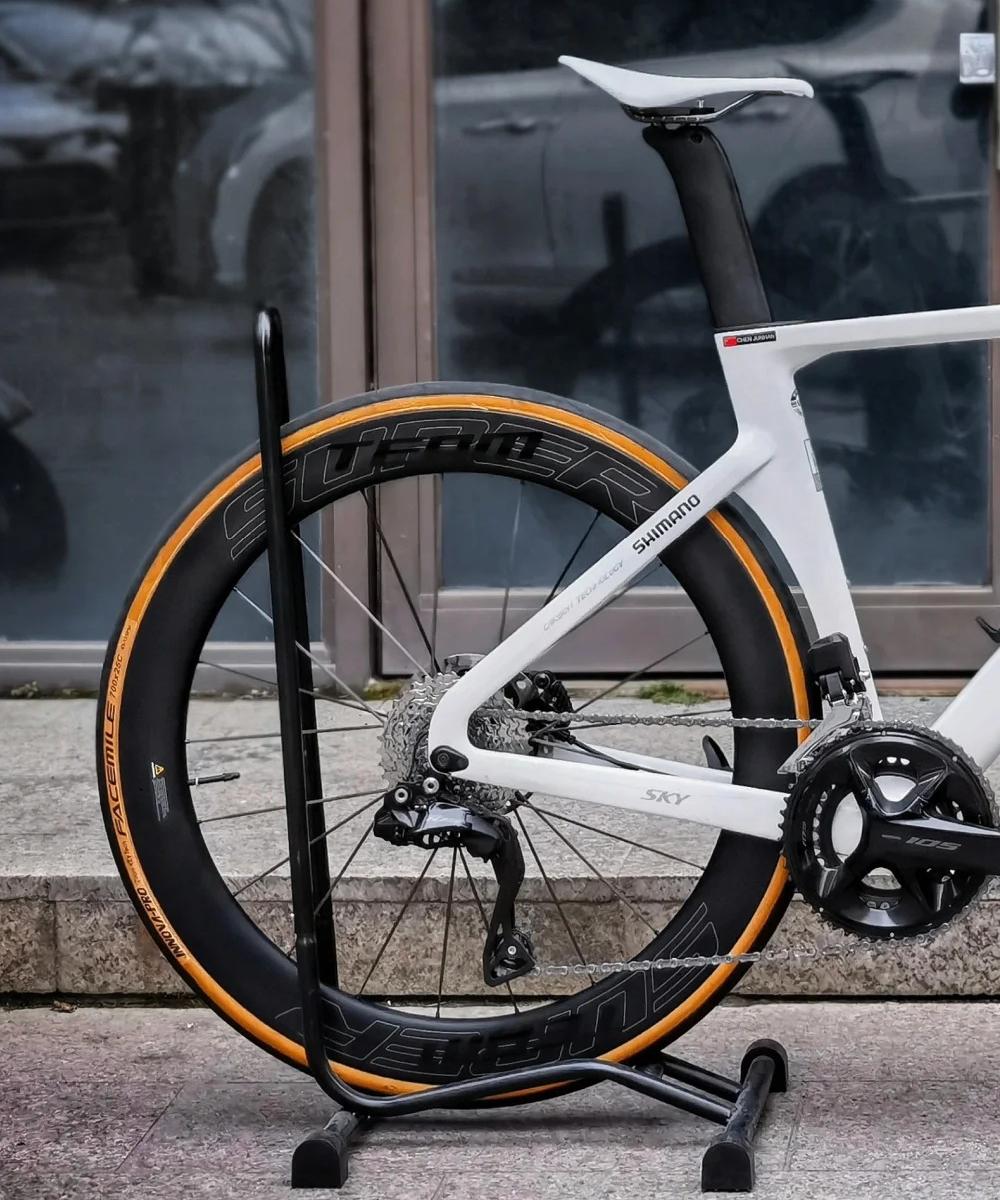Hooked vs Hookless in Gravel Wheels: Tire Pressure and Safety Explained
When it comes to gravel cycling, tire pressure is one of the most important yet misunderstood factors that determine comfort, traction, and safety. The difference between hooked and hookless rim designs adds another layer of complexity. Each rim type has its own pressure limits, tire compatibility requirements, and performance behavior under varying riding conditions. Understanding how tire pressure interacts with rim design is essential to achieving the perfect balance between speed, control, and durability.
1. The Relationship Between Rim Design and Tire Pressure
Hooked and hookless rims manage tire pressure in fundamentally different ways. A hooked rim uses a small internal lip at the top of each sidewall to lock the tire bead in place. This design allows the tire to handle relatively high pressure because the mechanical hook prevents the bead from lifting off the rim.
In contrast, a hookless rim relies entirely on air pressure and tight manufacturing tolerances to keep the tire seated. There is no physical barrier between the bead and the outside edge of the rim. Instead, the strength of the seal comes from the precision of the fit and the stiffness of the tire bead. This design works perfectly when used within the recommended pressure range, but it leaves less room for error if those limits are exceeded.
2. Pressure Ranges for Hooked and Hookless Gravel Wheels
Hooked rims can safely operate at higher pressures, often exceeding 80 psi or even 100 psi depending on the tire. This flexibility makes them ideal for riders who frequently switch between gravel and paved surfaces or who use narrower tires around 32 to 35 millimeters. The hooked lip provides a safety margin that prevents blow-offs even when the tire is inflated hard for road use.
Hookless rims, on the other hand, have a clearly defined pressure ceiling. The majority of hookless gravel rims recommend a maximum inflation pressure of around 72 psi, or 5 bar. Some brands specify even lower limits, especially for wider tires. This limitation is not a design flaw; rather, it reflects the fact that hookless rims are optimized for lower pressures, where wider tubeless tires perform best. Riders who respect these limits enjoy excellent comfort and traction without sacrificing safety.
3. Why Lower Pressure Can Be Better
Many riders assume that higher tire pressure equals faster speed. In gravel cycling, the opposite is often true. Lower pressure allows the tire to deform slightly over rough surfaces, maintaining contact with the ground instead of bouncing over it. This improves grip, control, and rolling efficiency on uneven terrain.
Hookless rims naturally encourage this lower-pressure philosophy. Because they are designed for tubeless systems, they allow riders to run pressures as low as 30 to 40 psi without the risk of pinch flats. The tire bead seals directly against the rim wall, and without an inner tube, there is more flexibility in how the tire absorbs impacts. Hooked rims can also run tubeless setups, but they tend to perform best at mid to higher pressures, particularly with narrower tires or mixed road conditions.
4. Safety Risks of Overinflation
Exceeding the maximum pressure for a hookless rim can be dangerous. Without the protective hook, too much internal force can cause the tire bead to stretch or lift from the rim, resulting in a sudden blow-off. This is especially risky when using non-compatible tires that were not tested for hookless applications.
Even if the tire does not immediately detach, overinflation can deform the carbon structure of the rim or compromise the tubeless seal. Riders should always check the manufacturer’s recommended limits printed on the rim or in the documentation. When in doubt, staying a few psi below the maximum is a smart precaution. Hooked rims are more tolerant of pressure mistakes, but excessive inflation can still stress the tire casing and reduce grip on gravel surfaces.
5. The Importance of Tire Compatibility
Safety in both hooked and hookless systems depends heavily on using the correct tires. For hookless rims, the tire must be officially rated for hookless use and compliant with the ETRTO standard. This ensures that the bead diameter and stiffness are precise enough to maintain a strong seal. Many modern gravel tires from leading brands now carry hookless approval, but it is always essential to confirm compatibility before installation.
Hooked rims are far more forgiving in this regard. They can safely mount a wider variety of clincher and tubeless-ready tires, as the mechanical hook provides extra protection against bead slip. This flexibility makes them a convenient choice for riders who often experiment with different tire models or setups.
6. Finding the Ideal Pressure for Your Setup
There is no universal pressure that suits every rider. The correct value depends on tire width, rider weight, terrain type, and rim design. As a general guideline, heavier riders or those carrying bikepacking gear will need slightly higher pressures, while lighter riders can benefit from softer settings for added comfort.
For example, a rider using 40-millimeter tires on hookless rims might start around 35 psi for mixed gravel terrain. The same setup on a hooked rim could safely run closer to 45 psi, providing a firmer feel on smoother roads. Experimenting within safe limits is the best way to discover the ideal balance between speed and stability. The key is consistency—check your pressure before every ride, as even a small variation can change the handling characteristics of your bike.
7. Real-World Performance and Safety Considerations
In real gravel conditions, both rim types can perform exceptionally well when set up correctly. Hookless systems excel in rough, loose, or muddy environments, where lower pressures improve traction and comfort. Hooked rims shine in more versatile conditions, where riders may alternate between asphalt and gravel trails.
Regardless of rim type, the most common causes of tire failure are incorrect installation, incompatible tire use, and ignoring pressure limits. Following manufacturer recommendations, inspecting the bead seat regularly, and using a calibrated pump can eliminate most safety issues. When installing a new tire, always test inflation in a controlled environment before heading out on the road or trail.
8. Final Thoughts
Tire pressure management is at the heart of gravel cycling performance and safety. Hooked and hookless rims represent two philosophies in wheel design: one prioritizing mechanical security and flexibility, the other emphasizing simplicity and efficiency through precise engineering. Neither is inherently better; what matters is using each system as it was intended.
If you prefer a traditional setup with broad tire options and higher pressures, a hooked rim remains the most practical choice. If you ride primarily off-road and value the supple ride feel of tubeless systems at lower pressures, hookless technology will deliver exceptional results. The best approach is to respect the design, know your limits, and let your terrain guide your tire pressure. When tuned correctly, both systems can offer the confidence and control that define the essence of gravel riding.




